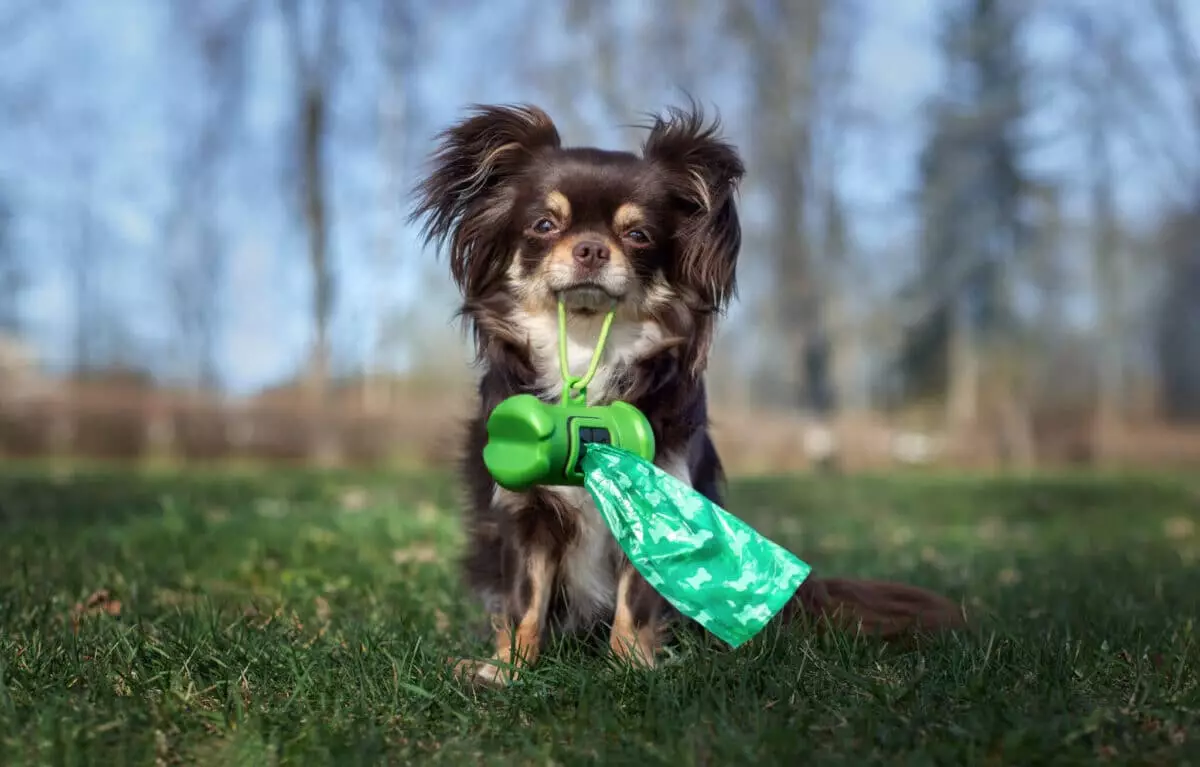Dogs are often seen as our loyal companions, yet they possess intricate emotional landscapes that can sometimes be difficult for their human counterparts to fully comprehend. One striking instance is when dogs develop unexplainable fears of seemingly benign objects, most notably plastic bags. While these thin, crinkly objects are ubiquitous in our daily lives, for many dogs, they represent a source of anxiety, leading to fearful reactions. By diving into the underlying factors contributing to this phobia, we can better equip ourselves to help our furry friends navigate their fears.
Sound Sensitivity: The Crinkling Factor
One of the most prominent reasons dogs may fear plastic bags lies in the sound they produce. The distinctive crinkling noise that accompanies the movement of a plastic bag can be particularly unsettling, especially for dogs with heightened auditory sensitivity. While humans may dismiss this sound as trivial, dogs often interpret it as something alarming. It is essential to recognize that for a dog, this sound can mimic other distressing noises like thunder or fireworks. This phenomenon creates an association in the dog’s mind, linking the crinkling of a plastic bag with potential danger.
Unpredictable Movement and the Startle Response
Accompanying the auditory stimulus is the unpredictable motion characteristic of plastic bags. A sudden gust of wind can cause these bags to flap and bounce erratically, adding to a dog’s stress. Dogs are inherently creatures of habit, often finding comfort in predictable stimuli. When faced with erratic movements in everyday objects, such as a plastic bag, a dog may instinctively trigger a startle response, reinforcing their fear. This reaction is amplified in dogs predisposed to anxiety, who may see the flying bag as a threat to their safety.
Memories and Past Experiences
Fear is often rooted in past experiences—something that resonates profoundly with dogs. If a dog has had a negative encounter with a plastic bag, such as being startled by it or even getting ensnared, that singular event can leave a lasting impact. Dogs are adept at forming associations; thus, a once innocuous object may become a symbol of fear. Each successive encounter can reinforce their apprehension, culminating in a deep-seated aversion to plastic bags regardless of the situation.
Sensory Overload: A Canine Perspective
For many dogs, the combined impact of sound, motion, and unfamiliar odors associated with plastic bags can create sensory overload. With an extraordinarily acute sense of smell, dogs might detect scents that humans are blind to, including residual chemicals from the manufacturing process. When faced with the cacophony of sounds and sights surrounding a plastic bag, some dogs may simply become overwhelmed, triggering their fight-or-flight response. This sensory overwhelm is particularly pronounced in those who are naturally sensitive to sensory inputs.
The Role of Socialization
Socialization during a dog’s formative months greatly influences its capacity to adapt to new experiences and objects. Puppies who are not exposed to a variety of stimuli—including everyday items like plastic bags—may grow into adults who perceive these objects as threats. Conversely, early exposure to diverse sights, sounds, and textures helps diminish fear responses later in life. This early interfacing is crucial for bolstering a dog’s confidence and ability to navigate unfamiliar environments.
The visual characteristics of a plastic bag may also play a role in a dog’s fear. The shiny and sometimes reflective surface can be unnerving, particularly for pups with less experience. Additionally, if a bag is filled or inflated, its unfamiliar shape may generate confusion. This uncertainty can trigger a cautious approach or outright fear as dogs strive to make sense of their surroundings. For an unaccustomed dog, encountering an unidentified object can provoke a response rooted in fear of the unknown.
Transference of Phobias: A Complex Relationship
In some instances, dogs with a known fear of thunderstorms may inadvertently associate that fear with plastic bags, particularly due to the similarity in the sound of crinkling. This transference highlights the complexity of canine fears and suggests that one phobia can propagate another. When dogs find themselves in compromised mental states, even familiar objects can morph into sources of anxiety, evidenced by intensified responses to plastic bags in overtly stressed situations.
Agility and Environmental Stressors
Environmental changes often act as additional stressors. For dogs already navigating stress, such as moving to a new neighborhood or adapting to changes within the household, the introduction of an unpredictable object like a plastic bag can exacerbate their anxiety. Here, the fear of the bag might emerge as a symptom of broader anxiety—reflecting the dog’s struggle to cope with their overall stress.
Recognizing the myriad causes of a dog’s fear of plastic bags marks a pivotal step toward addressing and mitigating that anxiety. Every dog’s history and personality are unique; understanding these factors allows owners to tailor their approaches toward desensitization and positive reinforcement. Creating a nurturing environment where dogs can explore and gradually acclimate to new objects is vital for fostering confidence. With patience and consistent further training, we can liberate our canine companions from the anxiety triggered by plastic bags, opening up a world where their fears are diminished, and their spirits can flourish.

